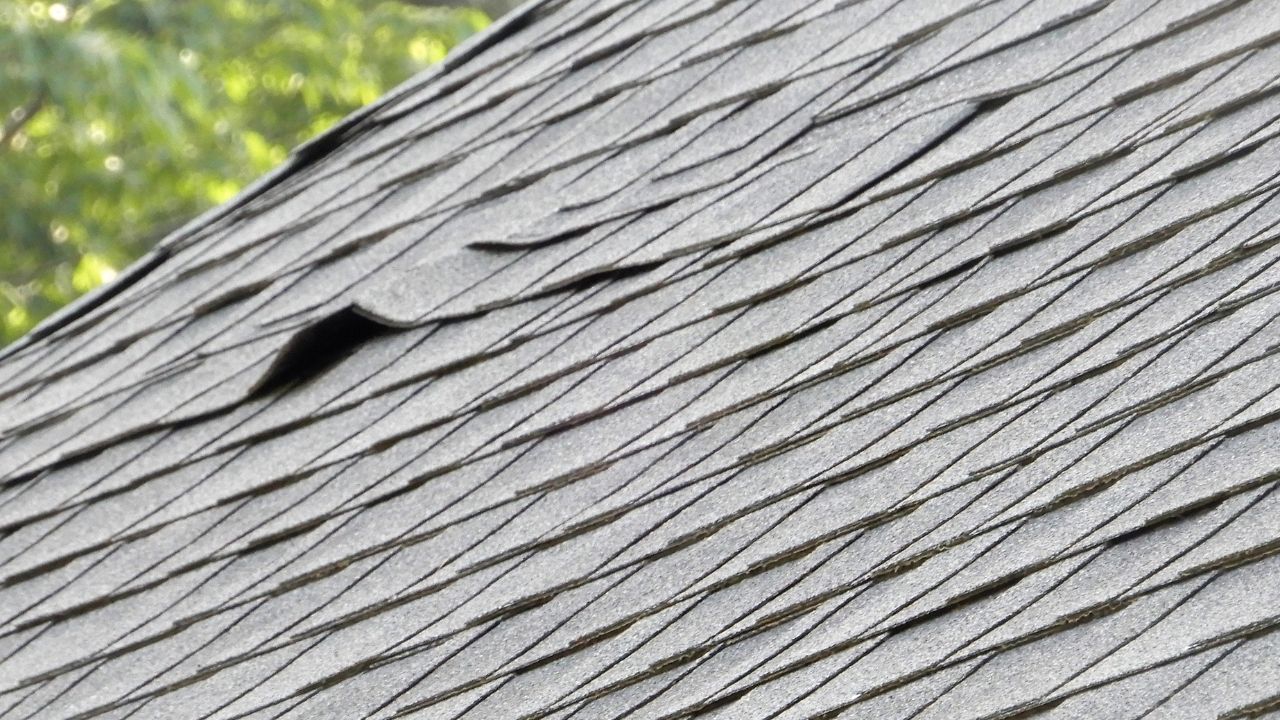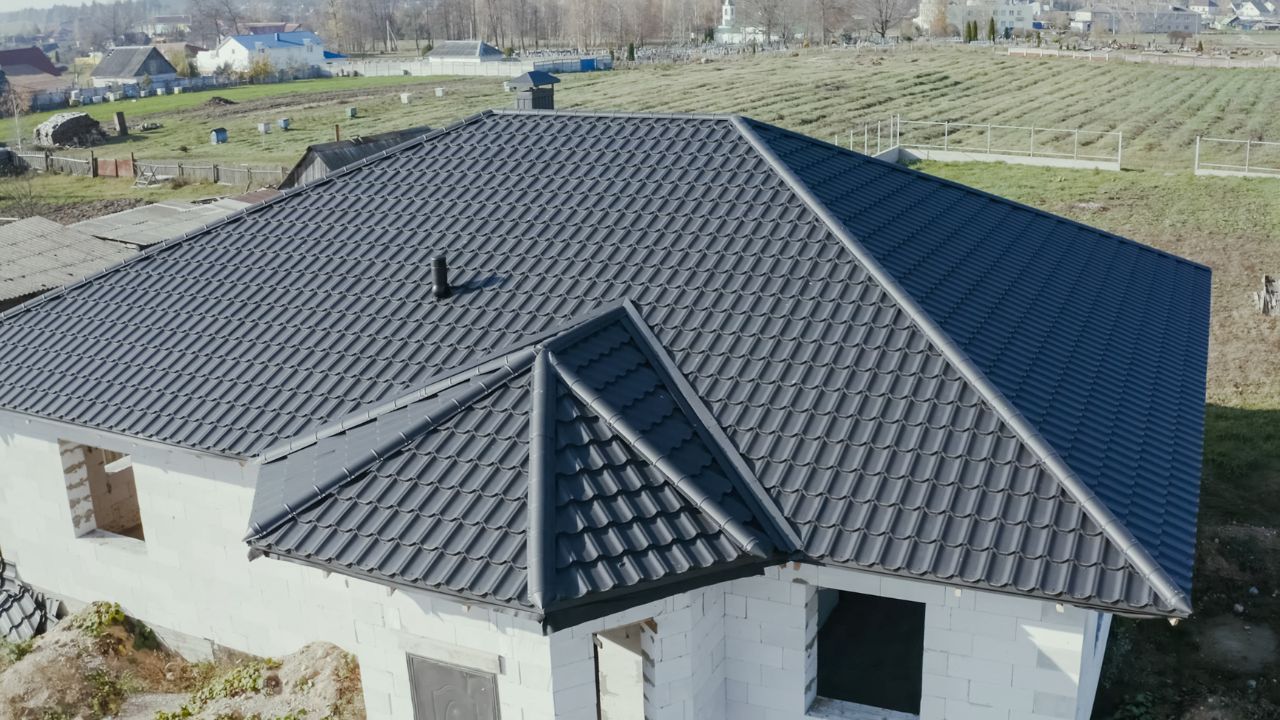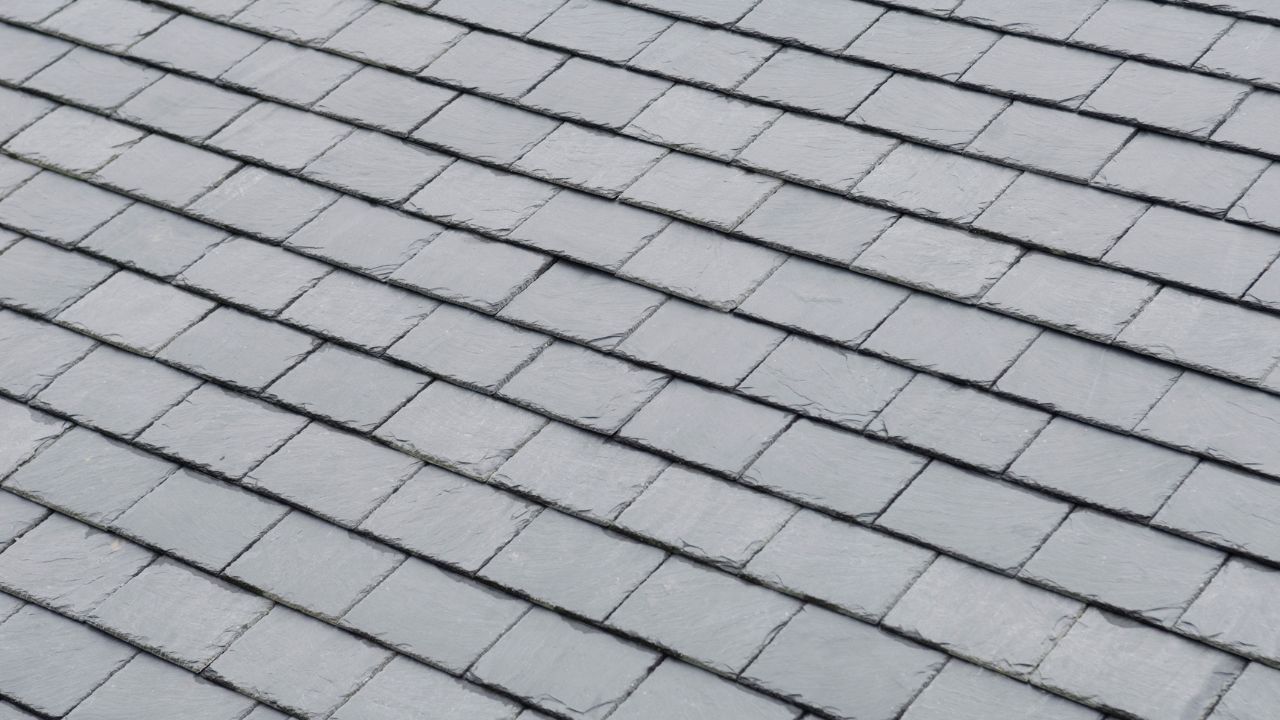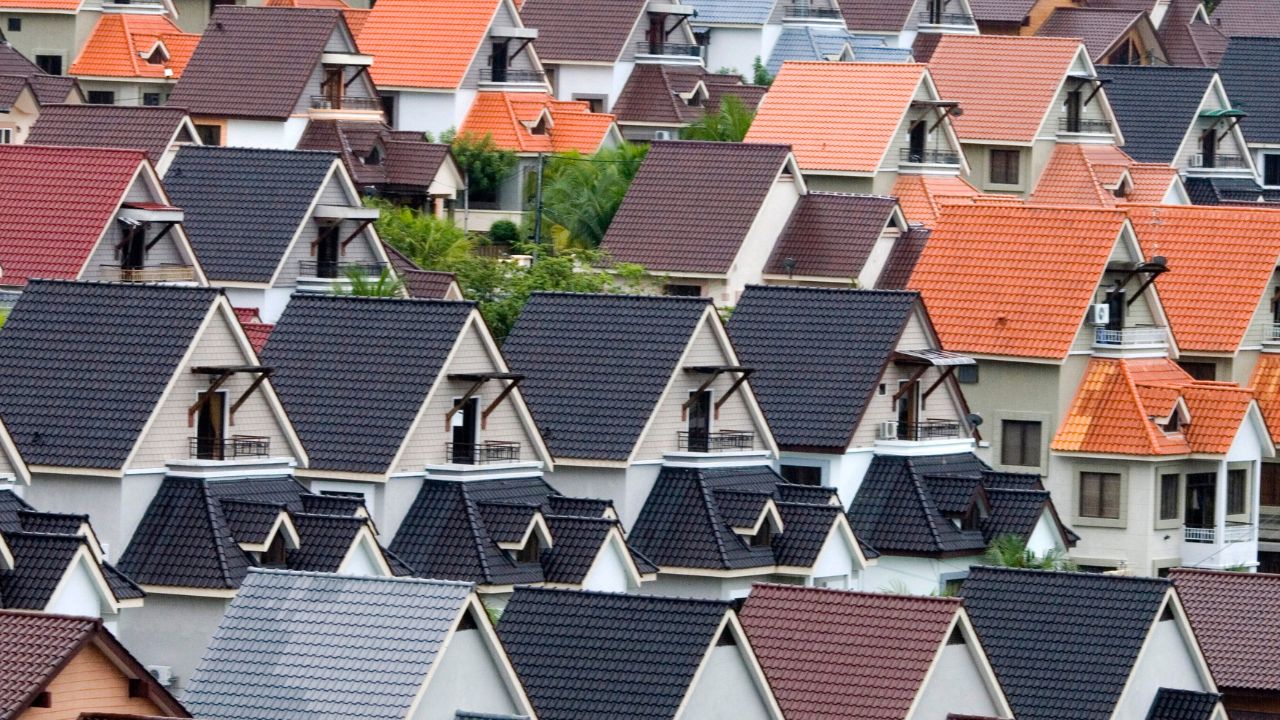Key Takeaways:
- Look for sneaky signs like water stains, granules in gutters, or higher energy bills before big problems show up.
- A simple roof inspectionComprehensive examination of a homes roof to assess condition and detect problems.inspection checklistStandardized list of areas and components to examine. (like looking in your attic or checking shingles from the ground) can catch issues early.
- A tiny leak can lead to mold growth, rotted wood, or even a full roof replacementComplete reinstallation due to unrepairable storm damage. if ignored.
- If you spot warning signs but can’t find the source, a professional roofing contractorLicensed professional specializing in roof installation and repair. can find hidden damage you might miss.
- Clean gutters, trim trees, and check after storms to keep your roof in good shape between inspections.
You know that leaky faucet you keep meaning to fix? Your roof could be doing the same thing – quietly causing problems while you go about your day. The scary part? Most roof damage starts small and hidden, where you can't easily see it. By the time you notice water stains on your ceiling, the problem might already be serious.
That's why knowing how to spot hidden roof damage early can save you from costly repairs down the road. Let's break down the sneaky signs of damage you should watch for and what to do about them.
Why Hidden Roof Damage is Worse Than You Think
A small leak or a few missing shingles might not seem like a big deal. But over time, that minor issue can turn into structural damageDeterioration of roof framing or decking., mold growth, and even higher energy bills (since a damaged roof doesn’t insulate well).
The biggest problem with hidden damage? You don’t see it until it’s already causing trouble inside your home. That’s why regular roof inspections are key – they help catch problems before they get worse.
The Sneaky Signs of Hidden Roof Damage
Some signs of roof damage are obvious, like a giant hole after a storm. But others are much harder to spot. Here’s what to look for:
1. Water Stains or Dark Spots on Ceilings & Walls
If you see brownish water stains on your ceiling or walls, that’s a red flag. It means water is getting in somewhere, even if you don’t see an active leak. Don’t just paint over it – track down the source before moisture buildup leads to mold growth or structural issues.
2. Clogged Gutters Full of Granules
Check your gutters after heavy rain. If you see a lot of sandy granules (especially if you have an asphalt shingle roof), it means your shingles are wearing out. Too much granule loss leaves your roof vulnerable to water damage and UV rays.
3. Higher Energy Bills for No Reason
If your heating or cooling costs suddenly spike, your roof might be the culprit. Poor proper ventilationControlled movement of air into and out of a space for temperature and moisture regulation. or leaks can make your HVAC work harder, driving up energy bills.
4. Curling, Cracked, or Missing Shingles
Take a quick look at your roof from the ground (or use binoculars). If you see shingles that are curling, cracked, or completely missing, that’s a clear sign of wear. Even a few damaged shingles can let water seep in.
5. Mold or Moss Growing on Your Roof
Dark streaks or green moss might look harmless, but they trap moisture against your roof. Over time, that leads to rot and water damage. If you see algae growth, it’s time for a professional inspection.
How to Check for Hidden Damage (Without Climbing on the Roof)
You don’t have to be a roofing professional to spot trouble. Here’s a simple roof inspection checklist you can do from the ground or inside your attic:
- Look for light coming through the roof boards (in the attic). If you see sunlight, you’ve got gaps where water can get in.
- Check for damp spots or musty smells in the attic – that’s a sign of a slow roof leakUnintended water entry point due to storm or deterioration..
- Inspect around chimneys and vents – these areas often leak first because seals break down over time.
- Watch for sagging spots on your roof. That could mean structural damage from long-term water exposure.
If you notice any of these warning signs, it’s smart to call a professional roofing contractor for a closer look.
What Happens If You Ignore Hidden Damage?
Small problems don’t stay small. A tiny leak can lead to:
- Mold growth (bad for your health and your home)
- Rotted roof decking (which means a full roof replacement, not just repairs)
- Higher energy costs (because your insulation gets ruined)
- Insurance claimRequest filed with insurer for compensation after storm-related loss. denials (if the damage happens slowly over time)
The good news? Catching hidden roof damage early means cheaper fixes. A few repaired shingles or resealed flashing costs way less than replacing your whole roof.
When to Call a Pro (And What They’ll Do)
Some roof repairs are DIY-friendly, but others need an expert. Call a roofing contractor if:
- You see water stains inside but can’t find the leak
- Your roof is over 10 years old and hasn’t been inspected
- You’ve had severe weather events (like hail or strong winds) recently
A professional roof inspection includes checking for:
- Damaged or missing shingles
- Clogged gutters that cause water to pool
- Worn-out flashing around chimneys and vents
- Soft spots that indicate rot
Keep Your Roof in Good Shape Between Inspections
You don’t have to wait for a storm to check your roof. Do these simple things to prevent hidden damage:
- Clean gutters twice a year (so water drains properly)
- Trim overhanging branches (they scrape shingles and drop debris)
- Check the attic after heavy rain (for dampness or leaks)
Think Your Roof Might Be Hiding Damage?
At Advanced Roofing Inc., we’ve helped hundreds of Illinois homeowners find and fix hidden roof damage before it turned into a disaster. Whether you need a professional inspection, minor repairs, or a full roof replacement, we’ve got you covered.
Don’t wait until water starts dripping onto your couch – catch problems early.
Schedule a Free Roof Inspection Today – because a small fix now beats a huge bill later.






